
She works at the intersection of biography and history, focusing on post-plantation economies by engaging with a particular landscape on Barbados.

As Land Remembers
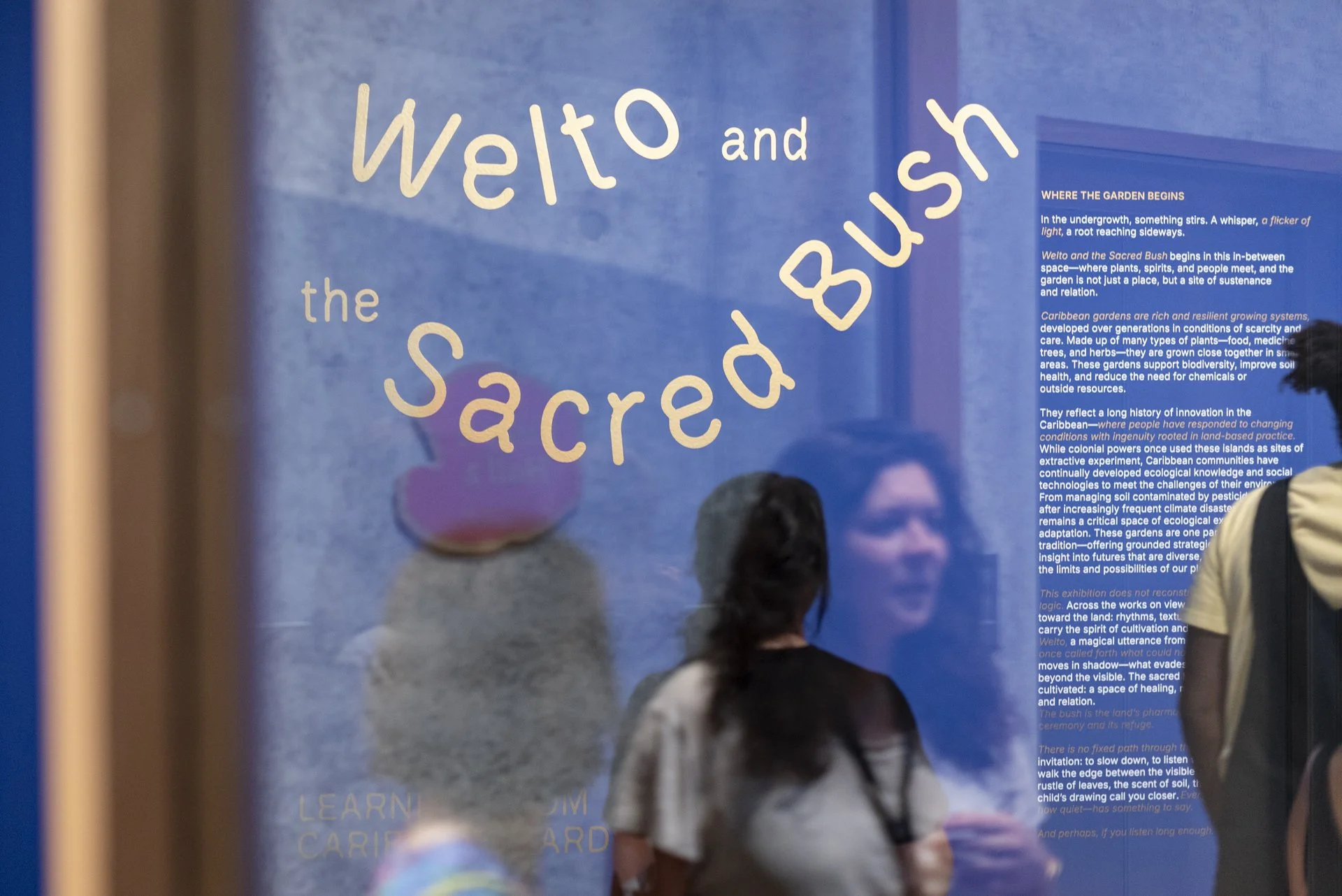
Welto and the Sacred Bush

Self as Plot

The Peace of Wild Things
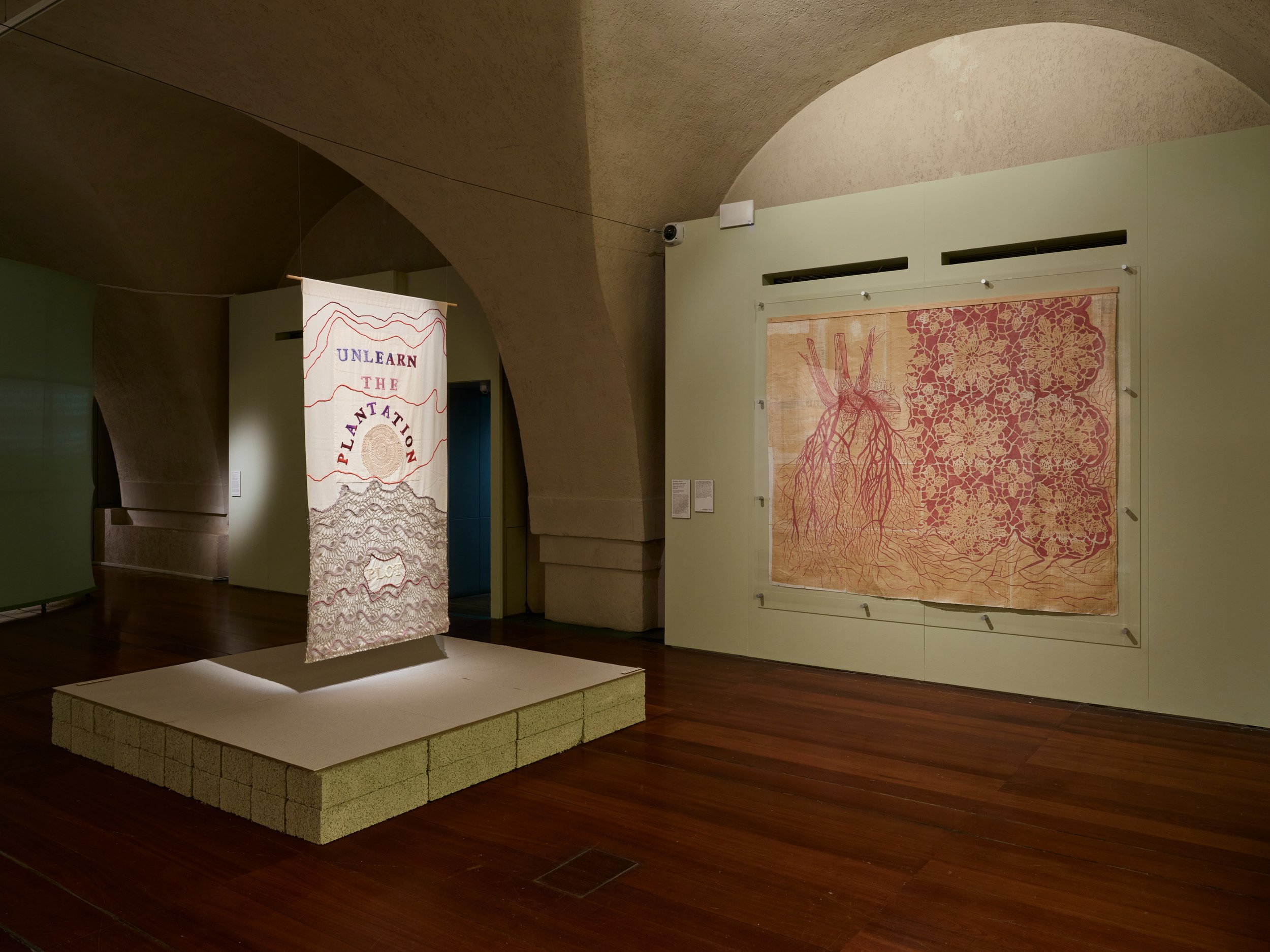
SOIL: The World at Our Feet

Cosmopolitan Creoles and Neoliberal Mobility
Serving as an engine for global modernity, the Caribbean has been constituted by histories of transatlantic slavery, indentured servitude, and anti-colonial struggle, as well as inter- and intra-regional migrations…

Habana Biennial 15

Spirit in the Land: Cummer Museum of Art & Gardens

Spirit in the Land: Pérez Art Museum Miami

An Unbound Book of Prayer
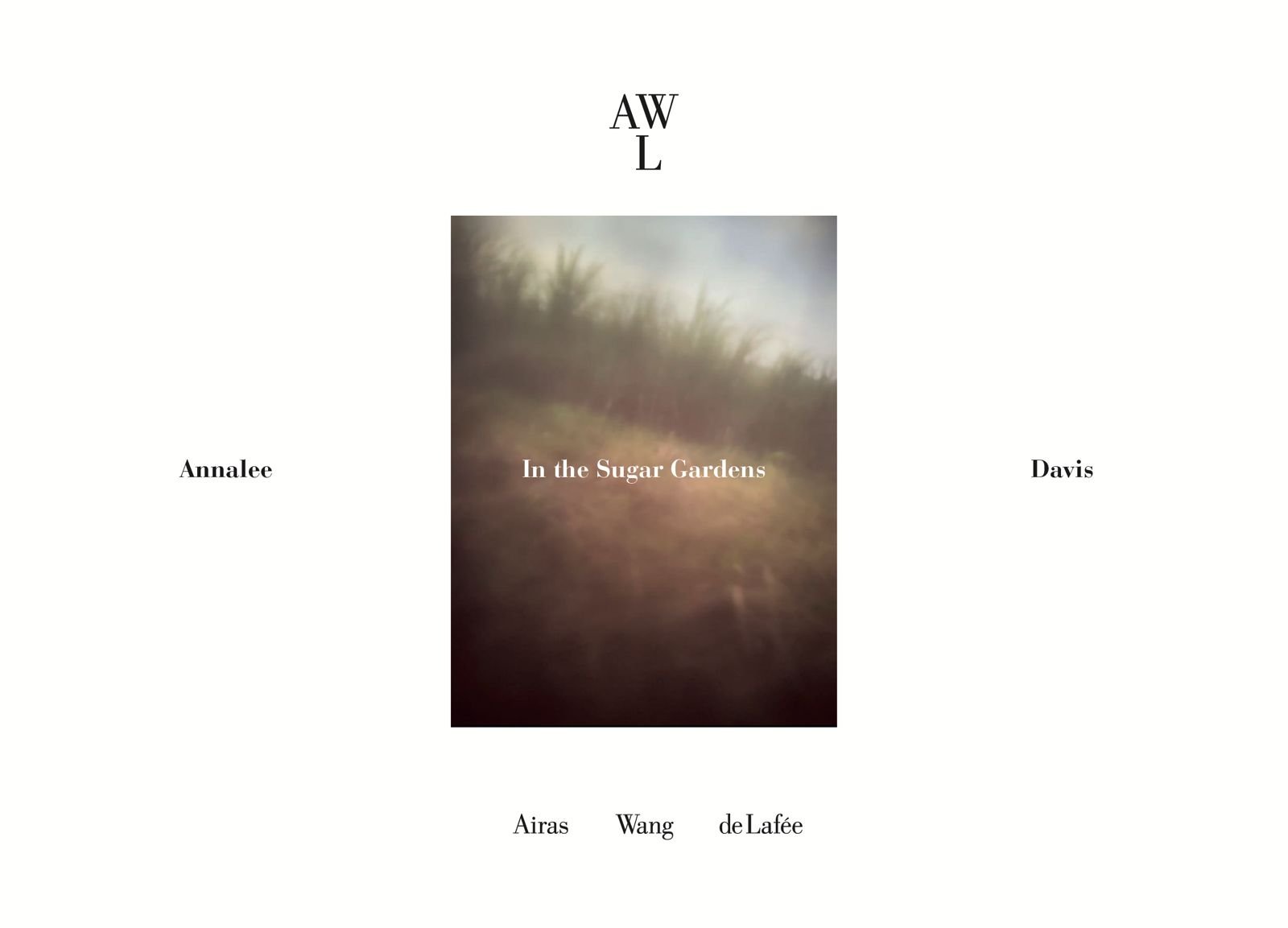
In the Sugar Gardens

Practising Agape: Art Sale for Gaza

Against Apartheid

Seeds and Souls

Pray to Flowers – A Plot of Disalienation
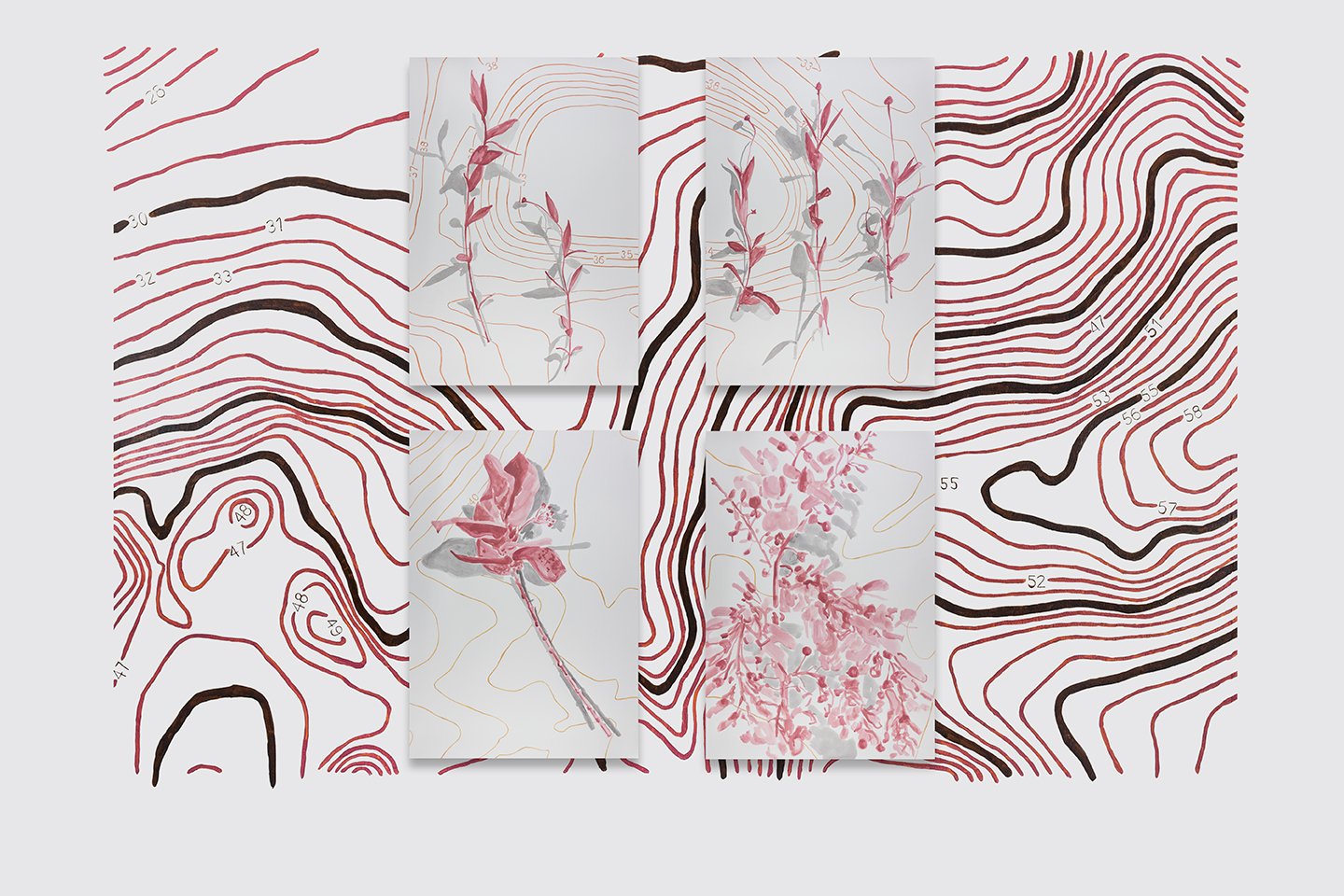
Spirit in the Land: Nasher Museum of Art

A Garden of Hope

In Praise of Plants
June 2022 in Girona, Spain
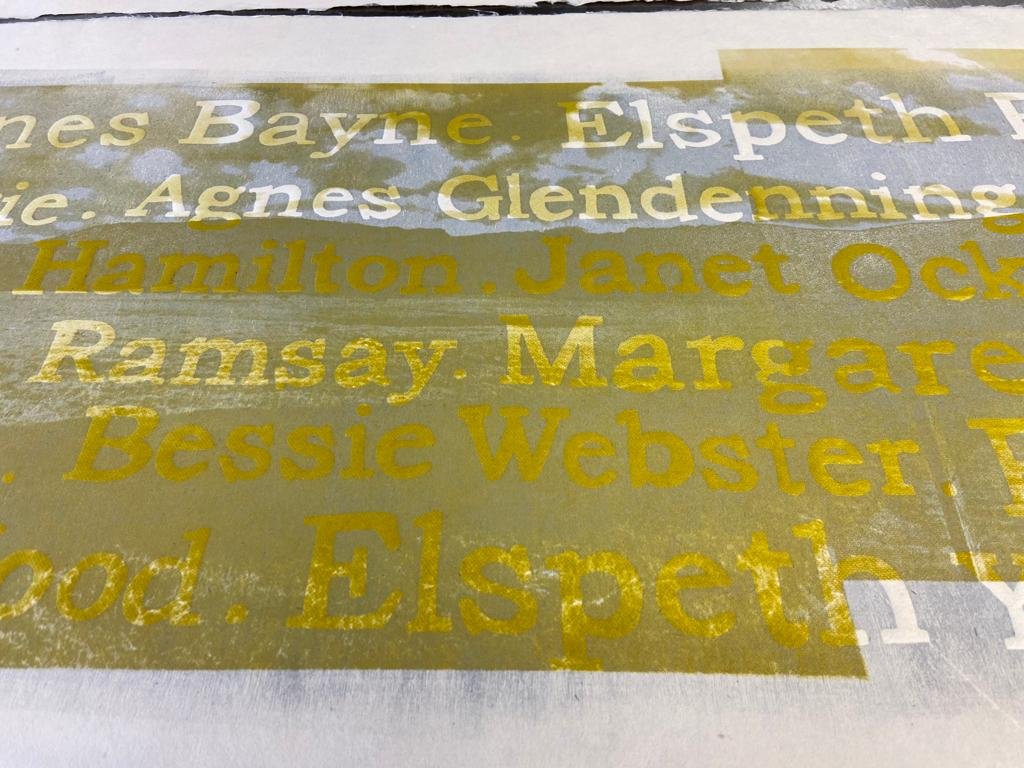
A Hymn to the Banished
A Hymn to the Banished explores connections between Scotland and Barbados through a newly commissioned artwork as part of the National Trust for Scotland’s ongoing mission to face the legacies of slavery and empire in its properties.
